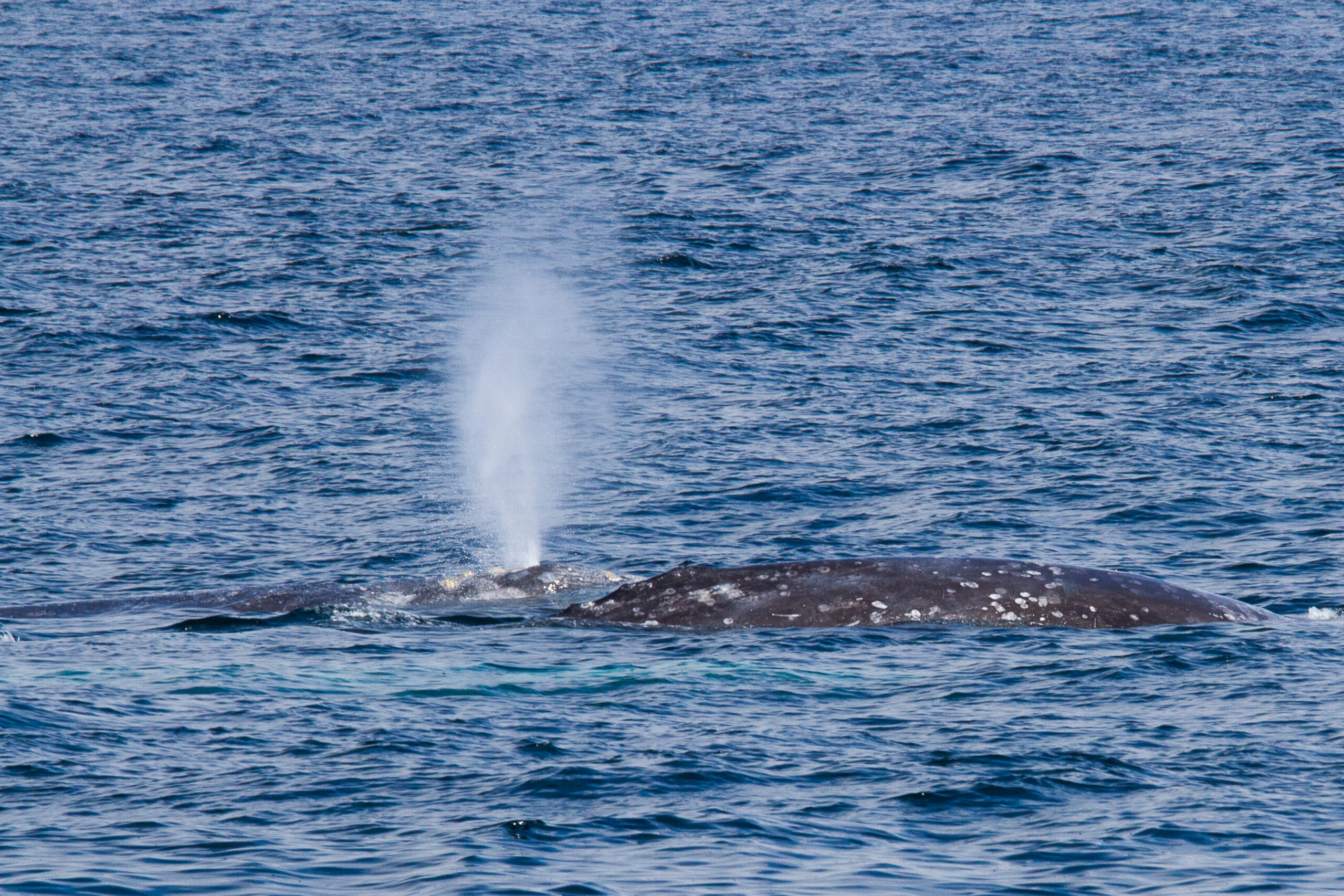The Ballet of Nature: The Art of Whale Watching
Whale watching tours is an extraordinary experience that links us to the beauty and magnificence of nature. The sheer size and grace of these breathtaking creatures as they breach the surface of the ocean is a sight to behold. The joy of witnessing their joyful antics and gentle movements in their native habitat offers a glimpse into a world that feels both enchanting and awe-inspiring.
As you stand on the deck of a boat, the salty breeze filling your lungs and the endless ocean stretching out before you, anticipation builds. With each splash and spout, your heart races as you await that moment when a whale appears, revealing its grandeur. Whether it’s a humpback whale jumping into the air or a tranquil gentle giant gliding through the water, the experience of whale watching is not just a show; it is a call of the vast diversity of life on our Earth and the necessity of preserving it for future generations.
Best Locations for Observing Whales
When it comes to observing whales, few places can rival the beauty of the ocean off the coast of the Golden State. The Monterey region is particularly famous for its varied marine life, including humpback whales, blues, and grays. The distinctive underwater canyon in this area creates nutrient-rich waters that attract not just whales but also porpoises and seals. Vessel excursions in this region often leave from the city of Monterey or Santa Cruz, giving travelers a chance to see these magnificent creatures up close.
Another prime location for whale watching is the Fundy Bay, located between New Brunswick and Nova Scotia province in Canada. This area is known for having the world's tallest tides, which contributes to its rich marine ecosystem. The Bay of Fundy is a seasonal feeding ground for humpbacks, minkes, and the rare North Atlantic right whale. Tours operate consistently during the summer months, and the stunning scenery, combined with the thrill of spotting whales, makes this destination a highly recommended stop for any whale lover.
Lastly, Alaska offers some of the most incredible whale watching experiences in the world. The crystal-clear waters of Glacier Bay National Park and the Intricate Passage are home to a wide variety of marine wildlife. whale watching in iceland can expect to see killer whales, humpbacks, and even the grand gray whale during their migratory journey. The dramatic backdrop of glaciers and towering mountains only enhances the experience, making Alaska a premier destination for anyone eager to connect with nature and witness the beauty of whales in their natural habitat.
Essential Guidelines for Whale Enthusiasts
To enhance your whale observation experience, timeliness is essential. Research the ideal seasons for spotting whales in the area you plan to explore, as different species migrate at different times of the year. Early mornings or evenings are often the most effective times for seeing whales, as they tend to be more active. Additionally, check local tide charts; some whales are easier to see during particular tide cycles.
Opting for the appropriate boat makes a notable difference in your whale watching adventure. Opt for a more compact vessel if possible, as it can navigate more fluidly and get closer to the whales without upsetting them. Confirm that the tour operator adheres to ethical guidelines for whale watching, focusing on the safety and conservation of these majestic creatures. A well-informed guide can enrich your experience by providing important information and recognizing whale behaviors.
Finally, come ready with essentials for a enjoyable outing. Dress in layers, as weather conditions can change quickly on the water, and bring sunglasses and sunscreen to protect against glare. A good pair of binoculars can enhance your ability to spot distant whales, while a camera with a quick shutter can help you photograph breathtaking moments. Staying patient and respectful of marine life will allow you to fully enjoy the splendor of these ocean mammals.
The Role of Conservation in Whale Watching
Conservation plays a vital role in making sure that whale watching remains a sustainable and rewarding experience for future generations. The growing popularity of whale watching has increased awareness about the importance of protecting marine ecosystems and the whales themselves. Organizations dedicated to marine conservation work tirelessly to enlighten the public about the challenges that whales face, such as climate change, habitat loss, and pollution. By advocating for responsible whale watching practices, they encourage tour operators and enthusiasts to adopt measures that minimize their footprint on these magnificent creatures.
Responsible whale watching includes adhering to guidelines that safeguard whales during their migrations and breeding seasons. Tour companies often collaborate with conservation groups to develop best practices that prioritize the welfare of whales and their habitats. These guidelines include maintaining safe distances, capping the number of boats in an area, and ensuring noise levels are kept to a low. This method not only enhances the experience for wildlife watchers but also cultivates respect and appreciation for the natural world, leading the way for sustainable tourism.
Additionally, a percentage of the proceeds from whale watching tours commonly goes toward conservation efforts. This financial support helps fund research initiatives, habitat restoration projects, and public awareness campaigns aimed at protecting whale populations. By engaging in whale watching, individuals become part of a broader movement to protect marine life. Ultimately, conservation efforts are crucial not only for the conservation of whales but also for sustaining the health of the oceans in which they thrive, allowing for the memorable experience of whale watching to continue for years to come.
